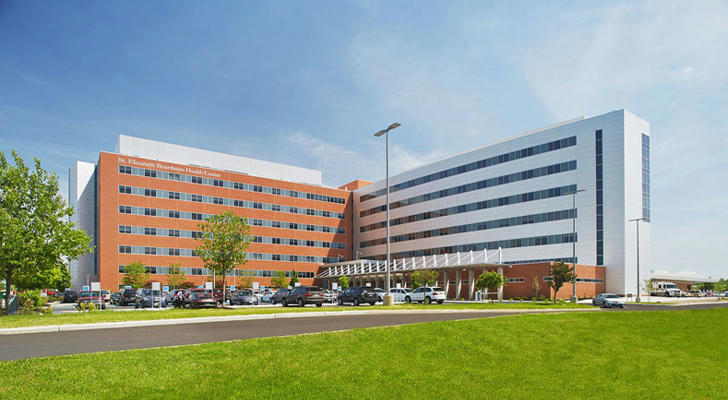The True Cost of Plastic Surgery: What You Need to Know About Expenses

Plastic surgery has become a popular option for those looking to enhance their appearance and boost their confidence. However, beyond the aesthetic improvements, the cost of plastic surgery is a significant factor that should not be overlooked. Understanding the true cost of plastic surgery can help you make a more informed decision and avoid unexpected financial burdens.

1. Components of Plastic Surgery Costs
The cost of plastic surgery isn't just the surgeon's fee. It typically includes several components:
• Surgeon's Fee: The fee charged by the operating surgeon, which varies based on the complexity of the procedure and the surgeon's experience and reputation.
• Anesthesia Fee: The cost for the anesthesiologist, which depends on the type of anesthesia used (local or general) and the anesthesiologist's expertise.
• Operating Room Fee: This includes the cost of using the surgical facility, including surgical instruments, nursing staff, and other operational expenses.
• Pre-Operative Tests: Health checks and laboratory tests performed before surgery to ensure you are a suitable candidate.
• Post-Operative Care: Costs for medications, post-surgery garments, and follow-up visits to monitor recovery.
2. Average Costs of Common Plastic Surgeries
Here’s a look at the average cost range for some popular plastic surgery procedures, which can vary based on location, hospital grade, and the surgeon’s expertise:
• Breast Augmentation: $3,000 - $12,000
• Liposuction: $2,000 - $10,000
• Rhinoplasty (Nose Job): $5,000 - $15,000
• Facelift: $6,000 - $20,000
• Tummy Tuck: $5,000 - $18,000
3. Factors Influencing the Cost of Plastic Surgery
The cost of plastic surgery is influenced by several factors:
• Location: Surgery in major cities typically costs more than in smaller cities or rural areas.
• Surgeon’s Credentials: Highly experienced or well-known surgeons generally charge higher fees.
• Complexity of Procedure: More complex surgeries cost more and may also require longer recovery times.
• Hospital or Clinic Grade: High-end private clinics usually charge more than public hospitals.

4. Real-Life Case Study: Emily’s Journey
Emily, a 34-year-old marketing professional from New York, decided to undergo a rhinoplasty and chin augmentation to enhance her facial profile. She chose a renowned plastic surgeon whose fees were on the higher end, paying $15,000 for the procedures. In addition to the surgeon's fee, Emily also incurred an extra $2,000 in anesthesia fees, $1,500 for the operating room, and $1,000 for post-operative care and follow-up appointments.
Emily’s recovery went smoothly, but a year later, she opted for a minor revision surgery to refine the results further. This added another $5,000 to her overall costs. Despite the high total, Emily was extremely satisfied with the outcome and felt the investment was worthwhile, but she advises others to fully understand all potential costs, including revisions, before making a decision.
5. Hidden Costs and Potential Additional Expenses
Beyond the direct costs of surgery, there are some hidden and potential additional costs to consider:
• Revision Surgery: As seen in Emily’s case, additional surgery may be needed if the initial results are not satisfactory.
• Post-Operative Recovery: This may include the cost of staying in a recovery facility or receiving specialized post-operative care.
• Time Off Work: The recovery period may require time off work, which could affect your income.
6. How to Save on Plastic Surgery Costs
• Shop Around: Consult with multiple surgeons and clinics to get a range of quotes.
• Look for Special Offers: Clinics sometimes offer promotions or discounts on certain procedures.
• Consider Medical Tourism: Some countries offer plastic surgery at lower costs, but it's essential to choose a reputable medical facility.

7. Conclusion
The cost of plastic surgery varies widely depending on many factors. Understanding the breakdown of these costs, along with potential additional expenses, can help you plan financially before making a decision. Real-life examples, like Emily’s, highlight the importance of thorough planning and awareness of all potential costs. Whether it’s for a minor adjustment or a significant transformation, choosing the right procedure that fits your budget and needs is crucial for a successful outcome.
